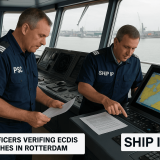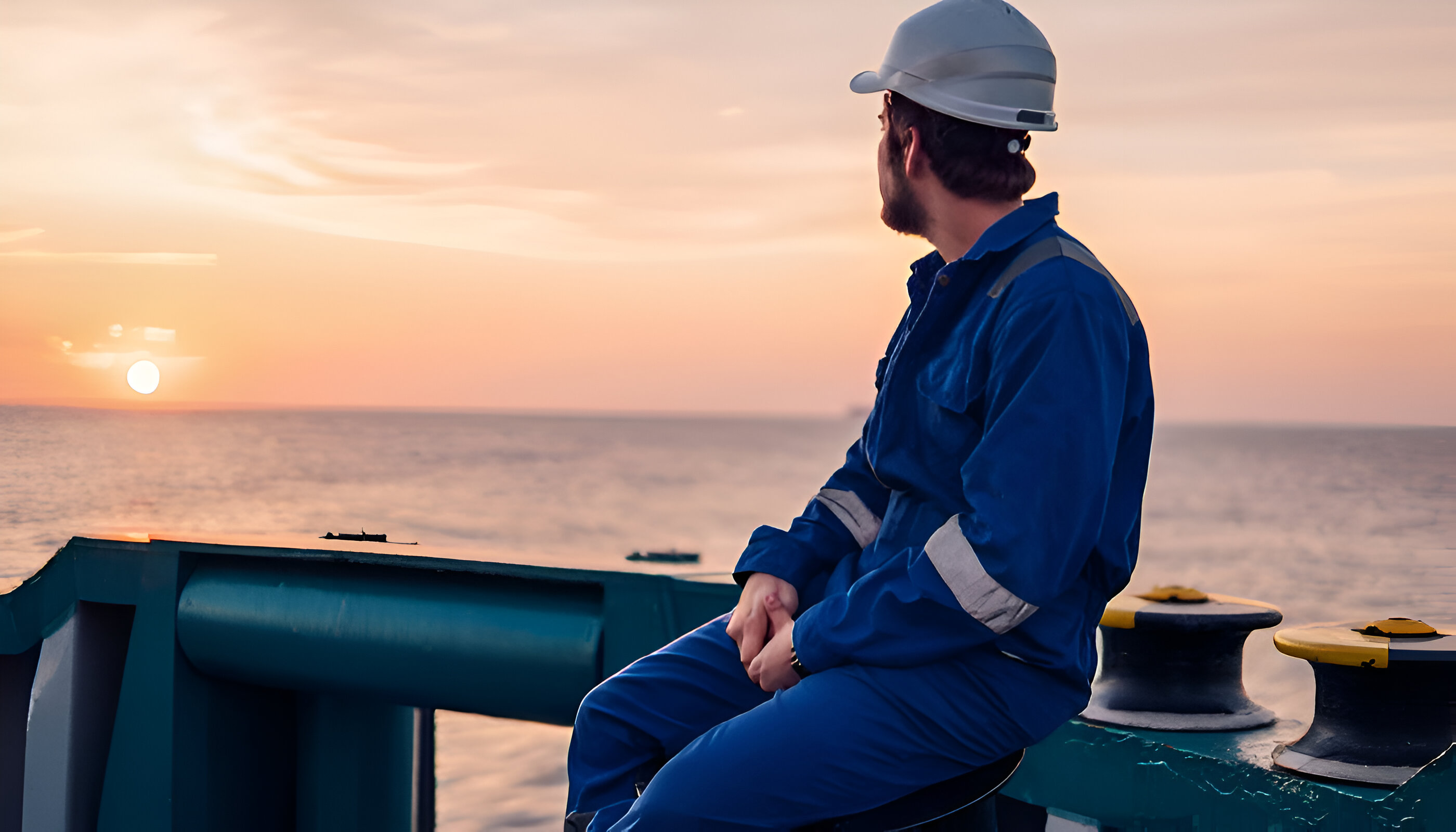Autonomous Ships Can Use COLREGs Effectively
June 7, 2018 IMO
Autonomous Ships – Rolls-Royce has completed a research project it says demonstrates that the operation of autonomous vessels can meet, if not exceed, current collision avoidance (COLREG) rules.
The MAchine eXecutable Collision regulations for Marine Autonomous Systems (MAXCMAS) project included partners Lloyd’s Register, Warsash Maritime Academy (WMA), Queen’s University Belfast and Atlas Elektronik (AEUK).
The team found that use of newly developed algorithms allowed existing COLREGs to remain relevant in a crewless environment, finding that artificial intelligence-based navigation systems were able to enact the rules to avoid collision effectively, even when approaching manned vessels were interpreting the rules differently.
A key aspect of the research was the use of WMA’s networked bridge simulators. The simulators were used to analyze reactions from the crew when faced with a range of real-world situations and subsequently hone the MAXCMAS algorithms.
Rolls-Royce Future Technologies Group’s Eshan Rajabally, who led the project, said: “Through MAXCMAS, we have demonstrated autonomous collision avoidance that is indistinguishable from good seafarer behavior, and we’ve confirmed this by having WMA instructors assess MAXCMAS exactly as they would assess the human.”
During the development project, Rolls-Royce and its partners adapted a commercial-specification bridge simulator as a testbed for autonomous navigation. This was also used to validate autonomous seafarer-like collision avoidance in likely real-world scenarios. Various simulator-based scenarios were designed, with the algorithms installed in one of WMA’s conventional bridge simulators. This also included Atlas Elektronik’s ARCIMS mission manager Autonomy Engine, Queen’s University Belfast’s Collision Avoidance algorithms and a Rolls-Royce interface.
During sea trials aboard AEUK’s ARCIMS unmanned surface vessel, collision avoidance was successfully demonstrated in a real environment under true platform motion, sensor performance and environmental conditions.
“The trials showed that an unmanned vessel is capable of making a collision avoidance judgment call even when the give-way vessel isn’t taking appropriate action,” said Ralph Dodds, Innovation & Autonomous Systems Programme Manager at AEUK. “What MAXCMAS does is make the collision avoidance regulations applicable to the unmanned ship.”
The MAXCMAS technology and system has been thoroughly tested both at sea and under a multitude of scenarios using desktop and bridge simulators, says Rolls-Royce, proving that autonomous navigation can meet existing COLREG requirements.





